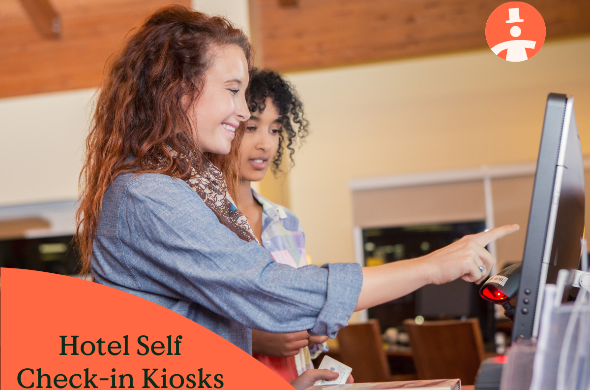
You’ve heard about hotel booking engines before, and you know that there are many benefits to implementing one at your small hotel. But how do these powerful systems actually work?
Here’s a step-by-step explanation of what happens when you get a booking engine for your small hotel, bed and breakfast, inn or guesthouse.
Step 1: Business information is entered
Once you invest in a booking engine, you need to enter all of the relevant data about your hotel.
It doesn’t take long, just enter your:
- Room rates
- Inventory
- Room descriptions
- Room inclusions
- Photographs
- Hot Deals
- Extras
The booking engine will then contain the information it needs about all of the rooms you have available and their descriptions, so that it appears to guests like this:

Step 2: Guests arrive
After the booking engine is implemented, you can allow your guests to book directly with you online.
Interested guests will visit your site and book a room for a specific date based on your availability.
Booking engines have been proven time and again to increase direct bookings for small hotels and bed and breakfasts.
This is because no one wants to have to enquire to make a booking anymore. They want to be able to self-serve in a couple of clicks.
Step 3: Availability is updated instantaneously across all channels
If you have chosen a booking engine with a channel manager, your inventory is automatically managed across all channels.
This means that when a guest books a room with you online, your availability is instantly updated and all of your agents will see that reservation, like so:

Not only does this save you time, it also significantly decreases the risk of overbooking the rooms at your hotel.
Step 4: Automatic emails are sent
Once the customer finalizes their reservation and the availability has been updated through the channel manager, an automatic confirmation e-mail is sent to your guest with all of the information they need regarding their booking. Usually, a credit card is required, so the purpose of this email is to reassure your guests that the reservation was successful.
If you have programmed it into your booking engine, another automatic pre-stay e-mail will be sent to your guests in the days leading up to their arrival. The tone of this email should be personal, showing them that you appreciate their business and look forward to meeting them.
Step 5: Review requests and promo codes are sent
After your guest has completed their stay, an automatic e-mail will be sent in order to encourage them to leave a review on your website, your social networking pages and popular online travel review sites. Whether or not your guest has had a good stay at your hotel, you should be asking them for their feedback afterwards. Ask them if they have any suggestions for how you can improve.
You should also send a special promo code to get a dollar amount or percentage off their next stay. After all, to make the most revenue out of each guest, small hotel owners need to drive repeat bookings and referrals.
(All of the above emails are best practice suggestions, but your hotel booking engine should allow you to customize each email.)
Want to know more about investing in a booking engine for your property? Download our interactive buyer’s guide to make sure that you select the right booking engine for your small hotel.
By Dean Elphick
Dean is the Senior Content Marketing Specialist of Little Hotelier, the all-in-one software solution purpose-built to make the lives of small accommodation providers easier. Dean has made writing and creating content his passion for the entirety of his professional life, which includes more than six years at Little Hotelier. Through content, Dean aims to provide education, inspiration, assistance, and, ultimately, value for small accommodation businesses looking to improve the way they run their operations (and live their life).
Table of contents
“With the mobile app, you can run your business from wherever. It's incredibly user-friendly and straightforward. Little Hotelier also offers 24/7 customer service.”
Owner, Sundowner Twin Towns Motel






